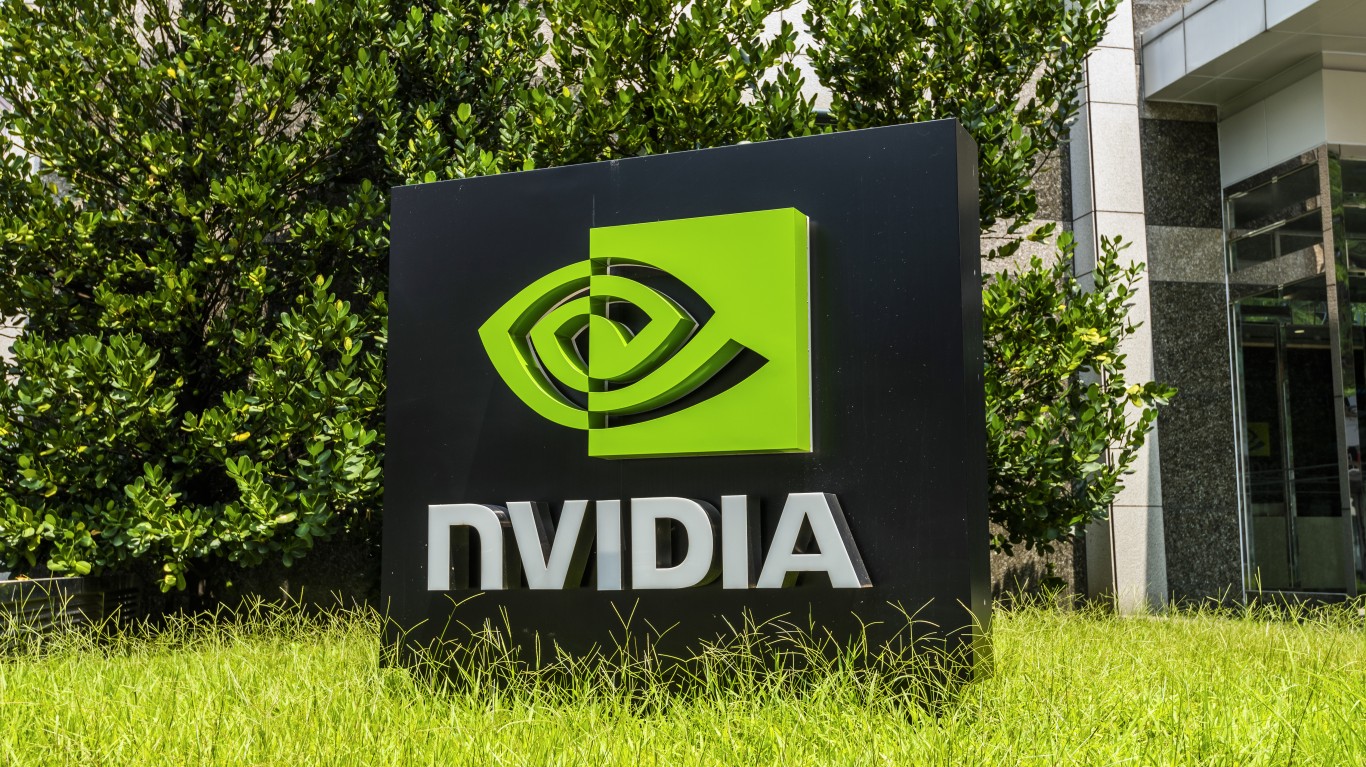McGraw-Hill (MGP) sacked the head of its S&P unit on the theory that the ratings agency should have seen sub-prime problems coming sooner and downgraded pools of the mortgage-backed securities. It might have saved a lot of investors money and saved the markets for fear and confusion.
According to The Wall Street Journal:"Critics charge S&P and others were too optimistic about the market for too long." That will be a battle for debate, and, perhaps, legal action for years to come. How far ahead does a rating agency have to see? How far ahead can it see?
There is clearly an argument that no one could know how fast sub-prime mortgages would come apart. The economy has been strong. Some mortgages have reset at higher rates. But, it would appear that companies like Countrywide Financial (CFC) were not walking around Wall St. several months ago saying that they had a problems. The hedge fund managers at Bear Stearns (BSC) did not issue any bulletins either.
S&P and Moody’s (MCO) seem to have been lax in monitoring a lot of their ratings. Sub-prime is just part of that problem.
Moody’s shares are down from a 52-week high of $76 to $45. McGraw-Hill shares have fallen from $73 to $50.
But, where was Terry McGraw when all of this went on? CEO and great-grandson of the company founder, he must have paid little attention to the financial services unit which brought in $821 million of the company’s $1.718 billion in revenue in the last quarter. The division also contributed $401 million in operating profit according to the company 10-Q.
When an operation is that much of a company’s revenue, the CEO needs to be nearly as aware of what goes on as the person running the business. McGraw cannot escape the fact that he has some responsibility here if the head of S&P did a poor enough job to be fired.
A scape goat. Almost certainly. McGraw will not get pushed out. But, he should.
Douglas A. McIntyre
It’s Your Money, Your Future—Own It (sponsor)
Retirement can be daunting, but it doesn’t need to be.
Imagine having an expert in your corner to help you with your financial goals. Someone to help you determine if you’re ahead, behind, or right on track. With SmartAsset, that’s not just a dream—it’s reality. This free tool connects you with pre-screened financial advisors who work in your best interests. It’s quick, it’s easy, so take the leap today and start planning smarter!
Don’t waste another minute; get started right here and help your retirement dreams become a retirement reality.
Thank you for reading! Have some feedback for us?
Contact the 24/7 Wall St. editorial team.





